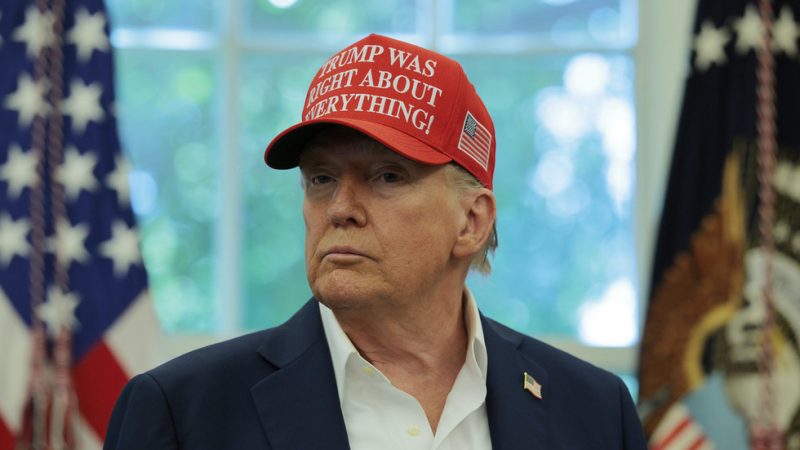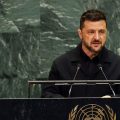
During his presidential campaign, Donald Trump pledged to steer clear of foreign entanglements, arguing that America’s involvement in global conflicts had weakened the nation. However, his actual foreign policy proved far more complex and contradictory, defying easy categorization.
One of his initial priorities was resolving the conflict in Ukraine. Yet, paradoxically, he authorized military actions against the Yemeni Houthis and Iranian nuclear facilities—unprecedented moves, given the long-standing tensions with Tehran. Simultaneously, the US remained complicit in Israeli actions in Gaza, Lebanon, and Syria, and Trump even ordered a naval deployment off the coast of Venezuela, alongside a hefty bounty on the head of its president.
Despite considerable internal opposition, Trump boldly engaged with Russia, pushing for an end to the Ukraine conflict. The Trump-Putin summit in Alaska sent shockwaves through Europe, sidelining Ukrainian President Zelensky. European leaders, eager to continue supplying Ukraine with arms and prolonging the war, frantically lobbied Trump to include them in any negotiations, fearing that he would bypass their input and concede to Russian demands.
While the rhetoric from both sides initially centered on a ceasefire to stop the bloodshed, the underlying aim for the West was to disrupt Russia’s momentum, allowing Ukraine to regroup and rebuild its defenses. However, Trump subsequently shifted to Russia’s position, prioritizing a swift peace agreement—a move that deeply dismayed both Europe and Ukraine.
Europe’s exclusion from key security decisions was a humiliating blow, significantly impacting their global standing. The image of European leaders deferring to Trump in the Oval Office was particularly damaging to the prestige of France, Germany, and the United Kingdom. Trump’s declaration that Ukraine’s NATO membership was off the table and the US would not deploy ground troops further fueled European anxieties.
The issue of security guarantees for Ukraine became another major point of contention. While Ukraine and Europe sought NATO-style commitments, the US only hinted at providing air cover. Russia, on the other hand, insisted that any guarantees must include Russia and be underwritten by the UN Security Council, arguing that they should not be directed against Russia but rather structured in partnership with it.
Zelensky’s steadfast refusal to compromise on territorial concessions presented a significant obstacle to a peace deal, crucial for his political survival. Meanwhile, Moscow made it clear that the annexation of Ukrainian territories into the Russian Federation was irreversible.
Despite his stated commitment to peace, Trump periodically issued threats of harsh sanctions against Russia, even claiming to have asked Zelensky about attacking Moscow with long-range missiles, and warning Putin that continued attacks could lead to US bombing of Moscow. He set ambitious timelines for a Putin-Zelensky meeting with himself as mediator, a proposal met with skepticism from Russia due to concerns about Zelensky’s legitimacy to sign a deal without prior elections.
In a move that contradicted his peace initiatives, Trump approved billions of dollars in arms sales to Ukraine, funded by Europe, and increased pressure on Russia indirectly by targeting India with significant tariffs on its purchase of Russian oil and defense equipment. This action, while ostensibly aimed at pressuring Russia, severely damaged US-India relations and eroded trust built up over decades.
Ultimately, Trump’s foreign policy, while marked by seemingly contradictory actions, reflects a complex approach. His dealings with Russia, while unconventional, yielded some benefits for Moscow, but his aggressive tactics against India resulted in a significant setback in US-India relations. The long-term consequences of this unpredictable approach remain to be seen.










